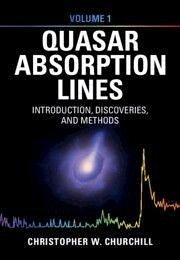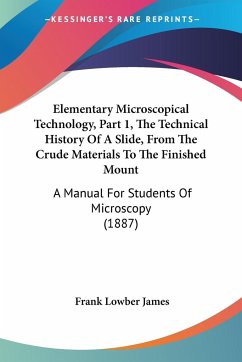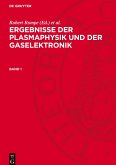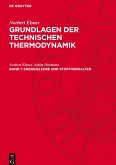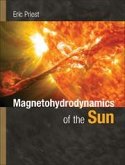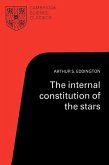'Quasar Absorption Lines' is a comprehensive, detailed exposition on the science and analysis of quasar spectra in two volumes, for both aspiring and seasoned astronomers. This Volume 1: 'Introduction, Discoveries, and Methods' covers the evolution of the field of quasar spectroscopy over the six decades since quasars were discovered, including the development and application of observational methods and the knowledge gained from them. The broad treatment includes studies of the Ly ¿ forest, Lyman limit systems, damped Ly ¿ absorbers, deuterium (D/H), 21-cm absorbers, HI and HeII reionization, the warm/hot intergalactic medium, and the multiple ionization phases of metal lines. The connections between these absorbers and galaxies (the circumgalactic medium), galaxy groups (the intragroup medium), and clusters of galaxies (the intracluster medium) are treated in depth. Also covered are the taxonomy and classifications of AGN/quasar spectra, black hole accretion, broad and narrow associated absorption lines, and the quasar circumgalactic medium.
Bitte wählen Sie Ihr Anliegen aus.
Rechnungen
Retourenschein anfordern
Bestellstatus
Storno

